|
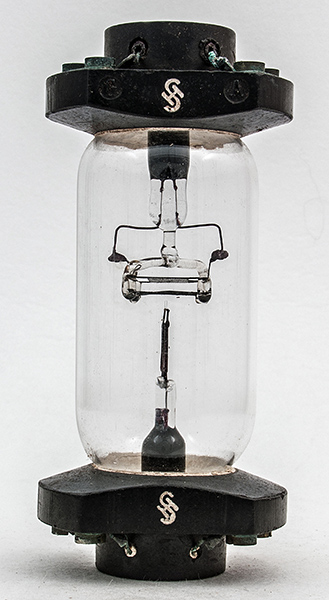
Siemens and Halske Type A.
German valves for most of the first World War were of a very inferior electrode design, as shown below. They had very low voltage gain and could only be used as low frequency transformer-coupled amplifiers where their current gain was useful. The transformer coupling provided all the voltage gain.
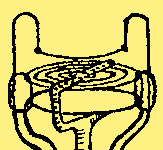
The electrode structure typical of most German WWI valves.
The quality of workmanship was very high, however, and the valves were usually very quiet and robust. They had very low HT consumption which was a very important factor for front-line work, where battery supply was often unreliable.
Towards the end of 1917 the Germans started producing copies of the French valve. Below are examples of both types from three manufacturers.
AEG
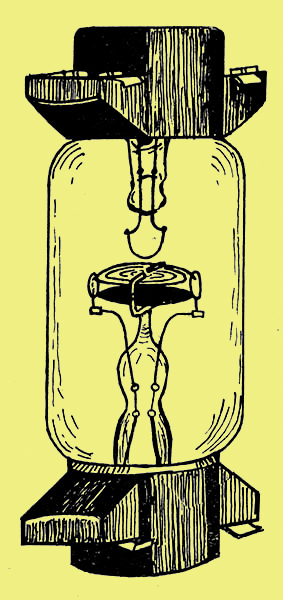 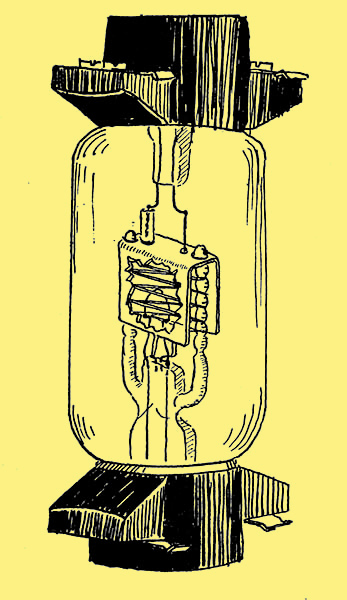
These are two AEG made valves captured from German positions during WWI. The first is possibly a K1. The second has an unusual electrode structure, reminiscent of the Mullard LF Green Ring. It is probably a K3.
Siemens and Halske
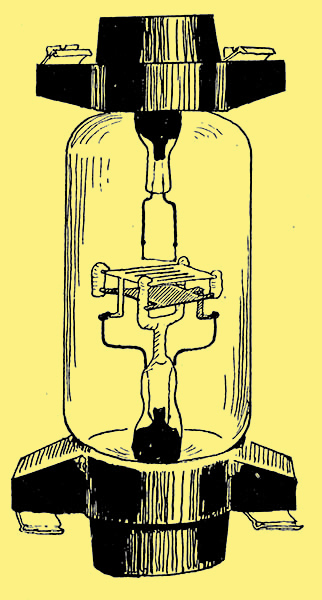
This is a Type A low frequency amplifier valve made by Siemens and Halske. This valve is of very rigid construction and therefore very low in microphonics. The gain was insufficient for oscillation and it made a very poor detector. See main picture above and linked exhibit.
Telefunken
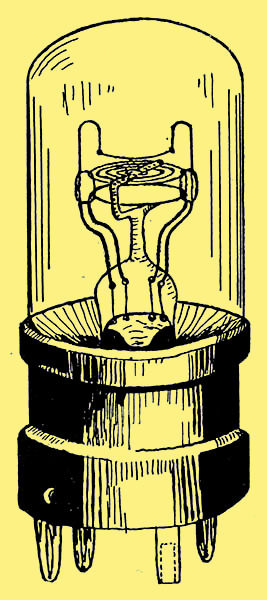 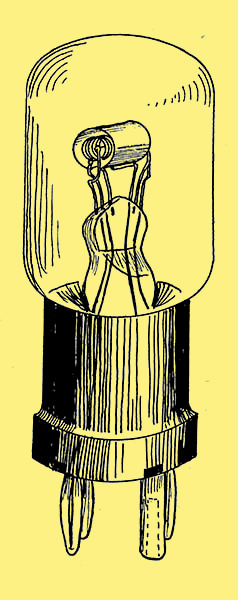
These are two Telefunken made valves captured from German positions during WWI. The first, probably an EVN171 shows the typical German construction, the second, type EVE173 and made in late September 1917, is a copy of a French or 'R' valve, samples of which had by then been captured by the Germans.
The original article is available on G3YNH's site
|